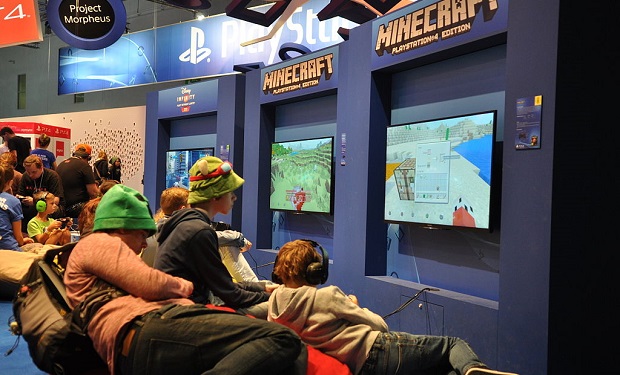Microsoft is acquiring a company called MinecraftEdu, whose mission is to “bring Minecraft to the classroom.” Well, Minecraft is already there — and anywhere else you find kids. (MinecraftEdu is talking to teachers.) But is Minecraft really as good for kids’ brain development as many people claim? It’s not an exercise in violence like Call of Duty, but can it really “build up brain cells” as a recent CNET consideration claims? CNET says: “Minecraft’s young players learn things like computer coding, engineering, architecture, urban planning and math,” quoting a ten-year-old who “just loves the programming aspect.” The boy is referring to command blocks that allow sophisticated players to invent and introduce new elements into the game — say a dragon or a hurricane. (Experts have been saying Minecraft is good for kids for years now.)
The consensus seems to be that it’s certainly not bad for kids, except insofar as too much screen time is bad for anyone. Often compared to “digital Legos” Minecraft probably doesn’t teach most of its 100 million players a lot of programming, just the way Lego users are highly unlikely to become architects. But it is a language and an environment and the ability to control these requires continued intellectual application — all while having fun. And Minecraft encourages individual experimentation. So the good news, the really good news? If your children like Minecraft, they’re curious, inventive and self-starting — and they’ve found a good platform to explore and practice all these admirable qualities. If your child shows no interest, that’s all right too. Minecraft is still not (yet!) part of college admissions requirements.
